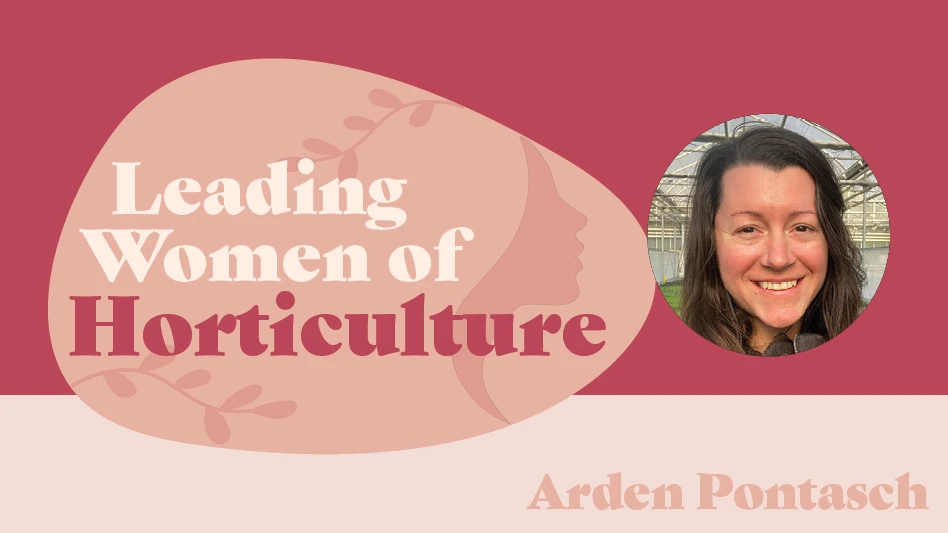 Over the past several years, Japanese maple scale (Lopholeucaspis japonica) has become increasingly common in nurseries and landscapes. This member of the armored scale family is manageable at low levels, but difficult to control once an infestation takes place.
Over the past several years, Japanese maple scale (Lopholeucaspis japonica) has become increasingly common in nurseries and landscapes. This member of the armored scale family is manageable at low levels, but difficult to control once an infestation takes place.
Stanton Gill, extension specialist, IPM for nurseries and greenhouse, University of Maryland Extension, says that Japanese maple scale is the most widespread type of scale he sees on woody plants in nurseries.
When the recession hit and the industry slowed down, scale became a problem. Nurserymen were hanging onto product longer than before, and scale populations built up.
Japanese maple scale is difficult to control and monitor due to its wide host plant range, extended crawler emergence period, and its small size and somewhat cryptic coloration.
“Part of it is that scales blend in with the plants,” Gill says. “People aren’t focused on them. They might think they are part of the plant.”
Unless monitored carefully and controlled early, populations of this armored scale can spread throughout a nursery or landscape to many species of woody plants and build up to levels that cause dieback and even death of infested plants.
What to look for
Examine plants showing any level of leaf loss or dieback. Light infestations often start in the cracks and rough areas of the bark and branches. Look on bark for the small white, elongate, narrow scale covers. To determine if the scale is JMS gently rub the white wax to expose the underlying dark brown second instar shed skin, and using a hand lens or microscope, squish or flip off the scale covers to look for signs of the purple soft bodied insect or eggs.
Prevention tips
You need to keep deer out of your nursery, but solid tree guards are breeding centers for scale. If you use a solid-tube-style tree guard, inspect regularly to make sure you don’t have a scale population underneath it. Open mesh or wire guards are fine.
Control tips
Dormant applications of horticultural oil can be applied at 2-3 percent rates in the fall after leaves drop or in spring before bud break.
“Oils are relatively cheap compared to other materials you could use,” Gill says. “It’s not going to wipe out a population of scale, but it keeps it suppressed.”
If applying in fall or spring, apply when temperatures are higher than 50-60°F for four to five days. During the growing season target the crawler stage for optimal control.
“Don’t spray when they first appear,” Gill says. “Wait a week because they have such a long crawler period. You want to get the peak time on your application.”
One of the two insect growth regulators (IGRs), pyriproxyfen or buprofezin, can be applied with .5 or 1 percent horticultural oil which has been shown to improve coverage.
Get curated news on YOUR industry.
Enter your email to receive our newsletters.
Explore the February 2014 Issue
Check out more from this issue and find your next story to read.
Latest from Nursery Management
- The Growth Industry Episode 3: Across the Pond with Neville Stein
- Trends: Proven Winners 2025 perennial survey shows strong demand
- Online registration opens for the 2025 Farwest Show
- Sustainabloom launches Wholesale Nickel Program to support floriculture sustainability
- Plant breeding as an art
- Society of American Florists accepting entries for 2025 Marketer of the Year Contest
- American Horticultural Society welcomes five new board members
- Get to know Christopher Brown Jr. of Lancaster Farms







